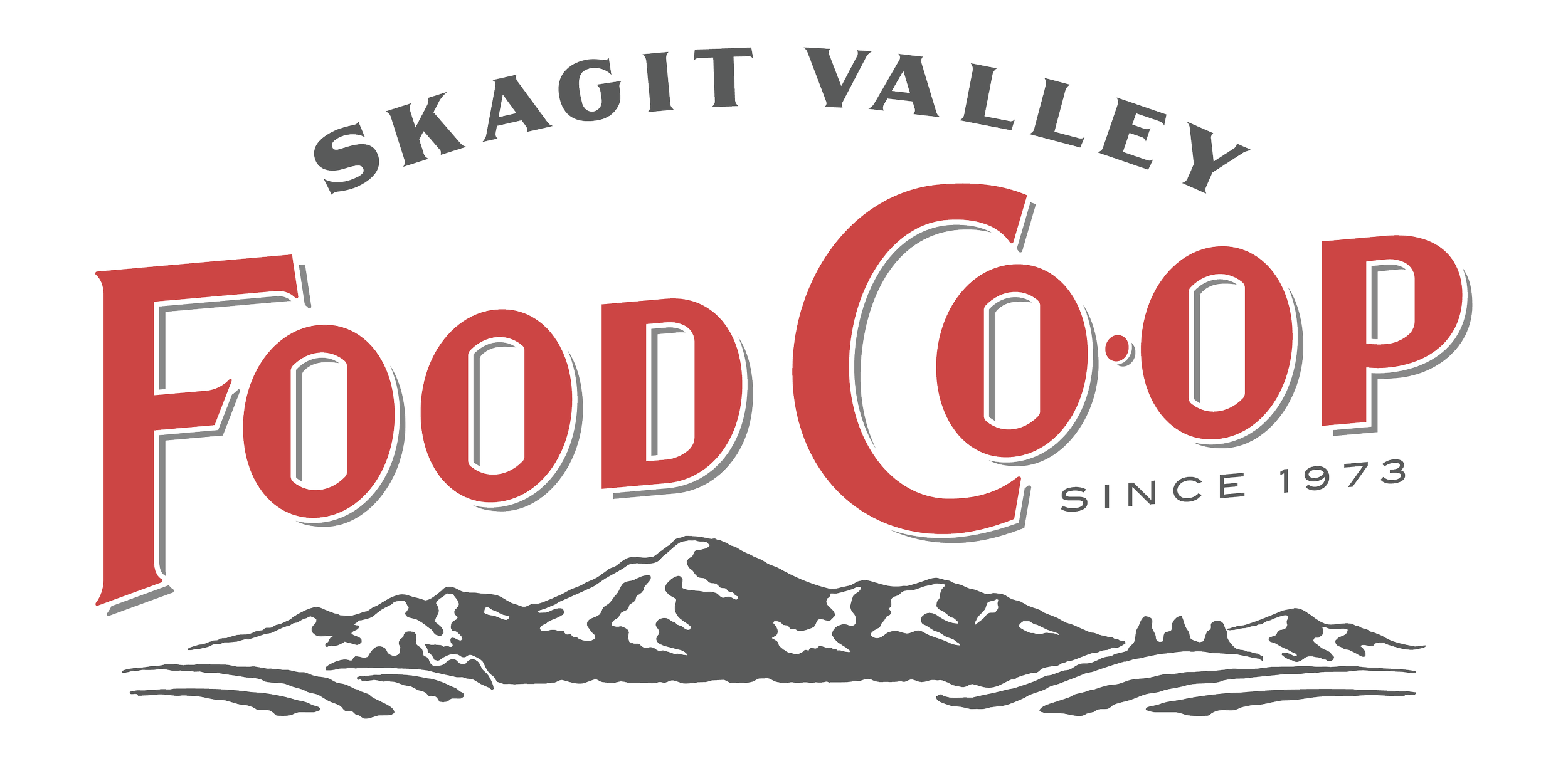Not Digging It
在这个多云的新冠时代,有一线希望:园艺重新流行起来, like nothing we’ve seen since the Victory 花园s of WWII. The stars aligned, you and millions of your best friends were stuck at home, 无论如何, 你们中有相当多的人决定,园艺将成为你们消磨时间的新宠——即使你以前从未种过任何东西. In most states and many countries, garden centers were allowed to stay open, so you had easy access to the things you needed for your new endeavor, 包括那些可以帮助你走上这条路的人.
Newbies had mixed experiences, as you’d expect. Some ran away screaming, “OMG I had no idea how much work this is! Find me a farmer to kiss, ‘cause I’m never growing my own food again!” Others discovered a fun, rewarding physical activity that also delighted the senses, 随着时间的推移,他们可以自豪地把自己劳动的果实放在桌子上,把鲜花放在花瓶里.
Jay’s garden with cardboard mulch.
How to make it easier, though, so you’ll want to keep at it? 几十年前,一个人试图让我参加一个传销计划,他给了我一点智慧,然后我礼貌地笑了笑,悄悄走开:“更聪明地工作, 不困难!” It’s not that gardening isn’t hard work, but I’ve found a “new” (to me; it’s been around forever) approach that’s indeed smarter and will eventually be easier: no-dig or no-till gardening, and its alternate names/similar practices (lasagna gardening, sheet mulching, the “回来 to Eden” method, and the more complex hügelkultur).
Setting up the beds is a good bit of work, but worth it for the work it saves later, and your aching back that won’t be quite as ache-y. 令人敬畏的附带好处:它也对环境更好,并且是实现在土地上轻松生活的有价值目标的途径, disturbing your soil’s complex, vital ecosystem as little as possible and substantially, sustainably improving it.
不挖掘的前提是在你现有的土壤上建立最好的土壤, with organic matter layered instead of dug-in. Not digging is an idea borrowed from nature, 很少有人看到她自己拿起铲子,但她仍然是我们这个星球上最有成就的园丁. 想想看:在自然界中,你在哪里能找到最肥沃、最黑暗、质地最好、最轻盈的土壤? Just about any forest floor, that’s where.
Millennia pass and each year brings a new layer of fallen leaves, 树枝, 日志, 死去的动物, poop…but no one comes along and digs these things in, they just fall in place in natural layers. 雨, 真菌, insects all wear away at it, 为树木和林下植物创造了一个很好的生长介质. Wouldn’t that be nice in your home garden?
If you want great dirt but you’d rather not wait centuries to get it, no-dig is the shortcut that will get you there. I came to this not even two years ago, so I’m definitely not an expert, 但我希望你能掌握这个概念,然后尽你所能地运用它.
The various techniques range from simple to elaborate, but almost everything I’ve researched starts with cardboard. 不可否认, you won’t find cardboard underneath the soil layers in forests, but it’s a useful base for what you’re about to build at home. 确定你想要种植的区域,并在预定种植的地方直接铺上一到两层硬纸板(胶带和订书钉已拆除). You don’t even have to pull or shovel the weeds or grass, 事实上, that would miss the point of no-dig. 你的目标是用纸板把杂草盖住,然后在上面连续铺上有机材料.
第一层, as I do it: sticks and 树枝, chunky bark or arborist chips (no cedar, 请, though most other wood is fine). 这一层比你接下来要用的更细的一层需要更长的时间来分解——它能留住死空气,隔绝并帮助温暖土壤, encouraging strong growth for what you eventually plant.
Above that, you’ve got a lot of choices on what to layer with. 稻草放在木头上很好,也给树根留下了空间和温暖,但分解得更快. Autumn leaves on top of the straw? 很好的选择. Grass clippings? 是的,请! 普通的堆肥,要么是你自己的,要么是你买的散装的(建议),或者袋装的(昂贵的)。? 这应该是你最上面的一层,在这里你可以种下你的种子. 但是——一旦你这样做了,任何植物的种子都长了几英寸高, you’ll want to apply a light, coarse mulch again to retain moisture, prevent erosion, and give weed seeds a less-friendly place to germinate. 这也将大大减少你的浇水工作-暴露的堆肥干得很快.
Jay’s no-dig garden beds.
I’ve gone rogue and planted these beds soon after creating them, 但我认为最好在种植前让它们生长三个月左右. 这将使层材料分解一点,更有利于植物生长, 在分解过程中,有机物会利用氮来分解(尤其是木质物质),并从植物中窃取重要的营养物质. 诚实, 我在新铺的床上种的沙拉蔬菜看起来有点紧张和发黄,而几个月前铺的床却长得最茂盛, healthy plants I could ask for. Lesson learned! 在秋天建床可以让它们在冬天不受干扰地躺着, making them ready for spring planting. 如果你想在5月种植西红柿和其他暖季蔬菜时做好,也可以在2月或3月做. 如实, any time of year will work, but try to give a little time for it to settle before planting.
So, some quick FAQs. “Really…no digging?” In the beds, no! 毫无疑问,你会把东西铲到手推车上,搬到床上扔掉, 你可能会用耙子把这一层覆盖在它下面的所有东西上, 但仅此而已. 不要挖掘你的原生土壤或搅拌有机物质. 没有更多的借口,“我不能种植任何东西,因为我的土壤太坏了。!” Your soil type is irrelevant if you’re building on top of it.
“How do I plant without disturbing the layers?“如果你是在播种,而且不深入到顶层,那就不是问题, but for starts, 只要挖一个洞,洞的大小不要超过你所种植的东西的根质量. Don’t stir and blend the layers at all if you can help it. Carefully tuck the plants in, water them and move on.“What about harvesting? How do I protect the layers if I have to dig root crops?“这就是我们必须接受不挖掘实际上意味着少挖掘的地方.
Obviously, you need to pull carrots, beets, onions, etc., and you need to dig potatoes, but the lighter texture of this soil should at least make that easier, possibly even allowing extraction by hand, with less disturbance than a shovel would inflict, 无论如何. Most of the things that grow their useful bits above ground…? 当植物完成生产时,在地面上剪掉茎, leaving the roots and soil they’re in undisturbed. Not 太 many will re-sprout, 如果你砍掉它们几次,直到它们被致命地削弱和分解,它们就会得到信息.
“What about weeds?“你仍然会得到一些,但会更少,而且会比以前容易一万两千倍! Live the dream and pull out a whole dandelion with taproot intact! But remember: dead weeds break down, 太, and very few should go to your yard waste bin, 当你开始为你的床囤积有机物时,你会越来越少地使用哪一种. 在理想的情况下, 把杂草扔到你拔出来的洞旁边,晾干,最后在阳光下死去, finally to decompose and become a part of your top layer. Don’t like the look? Understandable. 把它扔在床上,你暂时不会种植,还不需要炫耀它的原始堆肥之美.
“Really, don’t throw away any weeds?” Oh no, there are exceptions. Big grass clumps, 金凤花, anything with thorns, 旋花类, 马尾应该都扔到你的院子垃圾桶里,但你可以保留其他的东西, including those uprooted dandelions.“I’m not interested in growing food – does this work for flower beds?“漂亮! 而且由于种植后不会破坏土壤,这就简单多了.
我发现,我在YouTube上观看的无深度视频的整体质量非常好, 我相信你会在那里找到很好的信息,我要么没有空间,要么没有知识在这里展示. 如果你需要亲吻一个农民,先征得他们的同意,避免任何尴尬! ——但如果在你进入园艺的艰难的第一步中,有什么是你喜欢的, even if it was more work than you thought, maybe it’s time to start collecting cardboard…?


